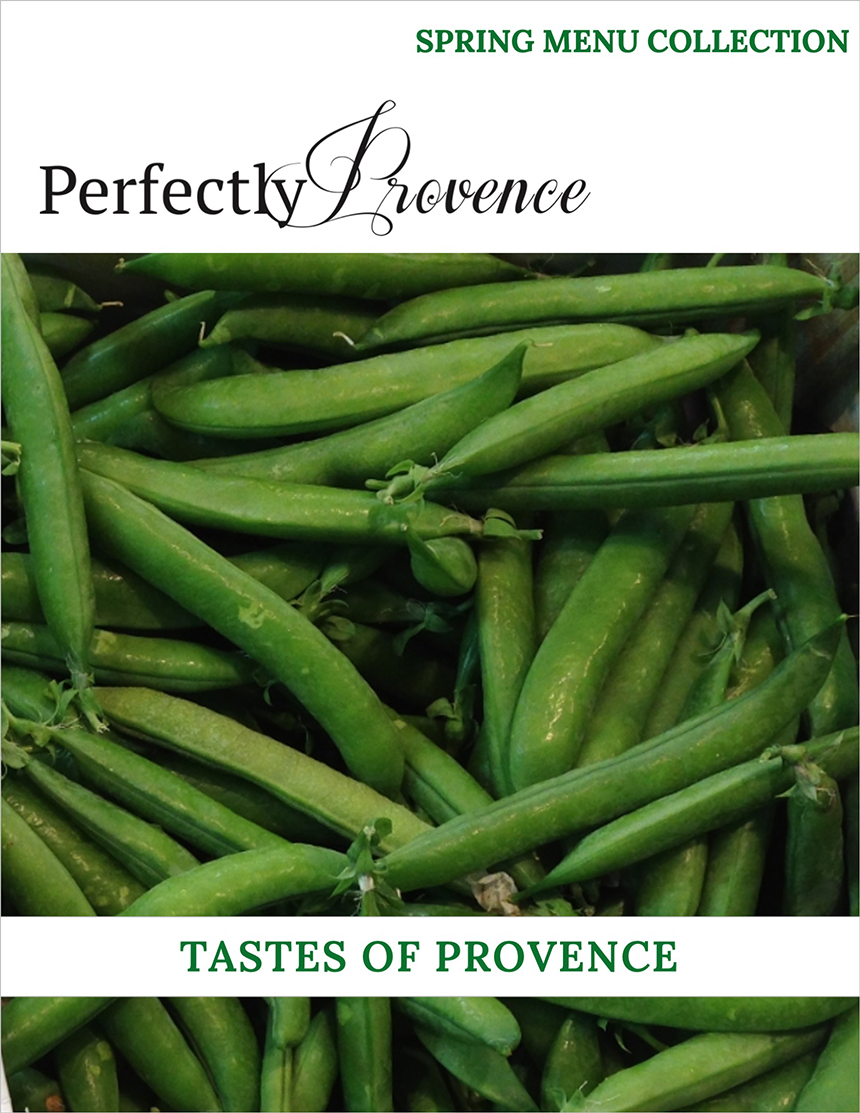If you had to conjure up a mental picture of Provence – what would it be?
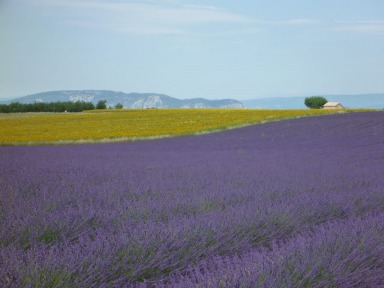
Thanks to talented photographers who have turned their best shots into postcards, books and Internet sites, one of the most iconic images of Provence is the deep purple undulating rows of lavender plants.
Heavenly aromas and bees sampling the flower nectar mark the height of lavender season. It is also a time of traffic congestion; bus tours and cars clog tranquil roads while passengers gawk at the fields. A segment of the summer travel industry specifically caters to organized tour groups hunting down the plants at their peak. The visitors snap photos of each other, as they stand between the teeth of enormous purple hair combs.
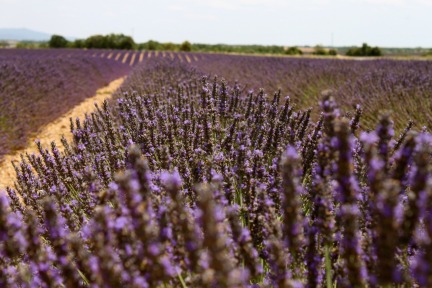
Lavender is a perfect low maintenance perennial. Well suited for the climate in Provence, it likes sunny, arid conditions, well-draining soil and little to no fertilizer.
The Greeks and Romans long ago used lavender for personal hygiene and medicinal purposes. It is also referenced in the bible as a holy herb. The flowers and oils have been used throughout the ensuing centuries for everything from repelling insects to treating burns to sleep therapy. You can read more background in Nutmeg’s earlier post Provence Land of Lavender.
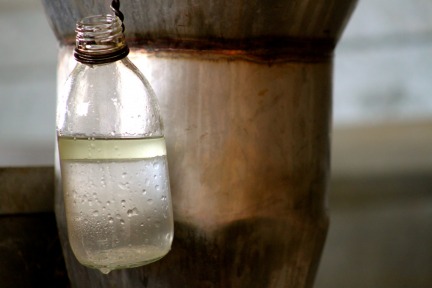
Essential oils are extracted through a process of steam water distillation. The popularity of essential oils for their health benefits has grown significantly in recent years, with increased emphasis on naturopathic medicine. Some dedicated producers still follow a more traditional method of oil extraction, to produce higher-grade oil.
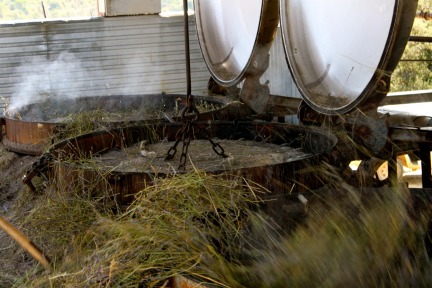
The flowers and stems are harvested at their peak, which in Provence is usually late June to mid July. The plants are cut and bundled then allowed to dry for 2-3 days in the field. After that the bundles are transported to a distillery where they are pitched into giant metal vats. Once the vats are filled and the covers secured, boiling water is piped in to the vessels.
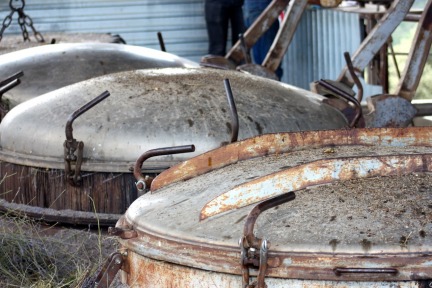
After roughly thirty minutes, the flowers release the oil, which flows out of the bottom end of the metal vat. The oil and water are different viscosity so they separate automatically at the collection point.
The entire process is back breaking hard work for precious few litres of pure oil.
Are you a lavender fan?
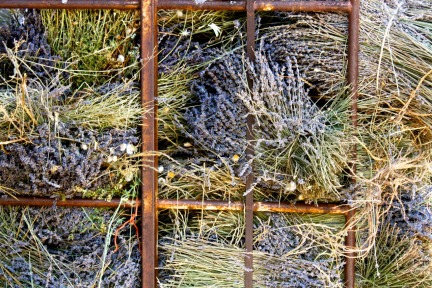
Food Travel Tags:
Lavender Essential Oil, Lavender fields of Provence, Provence Travel, Travel in France


